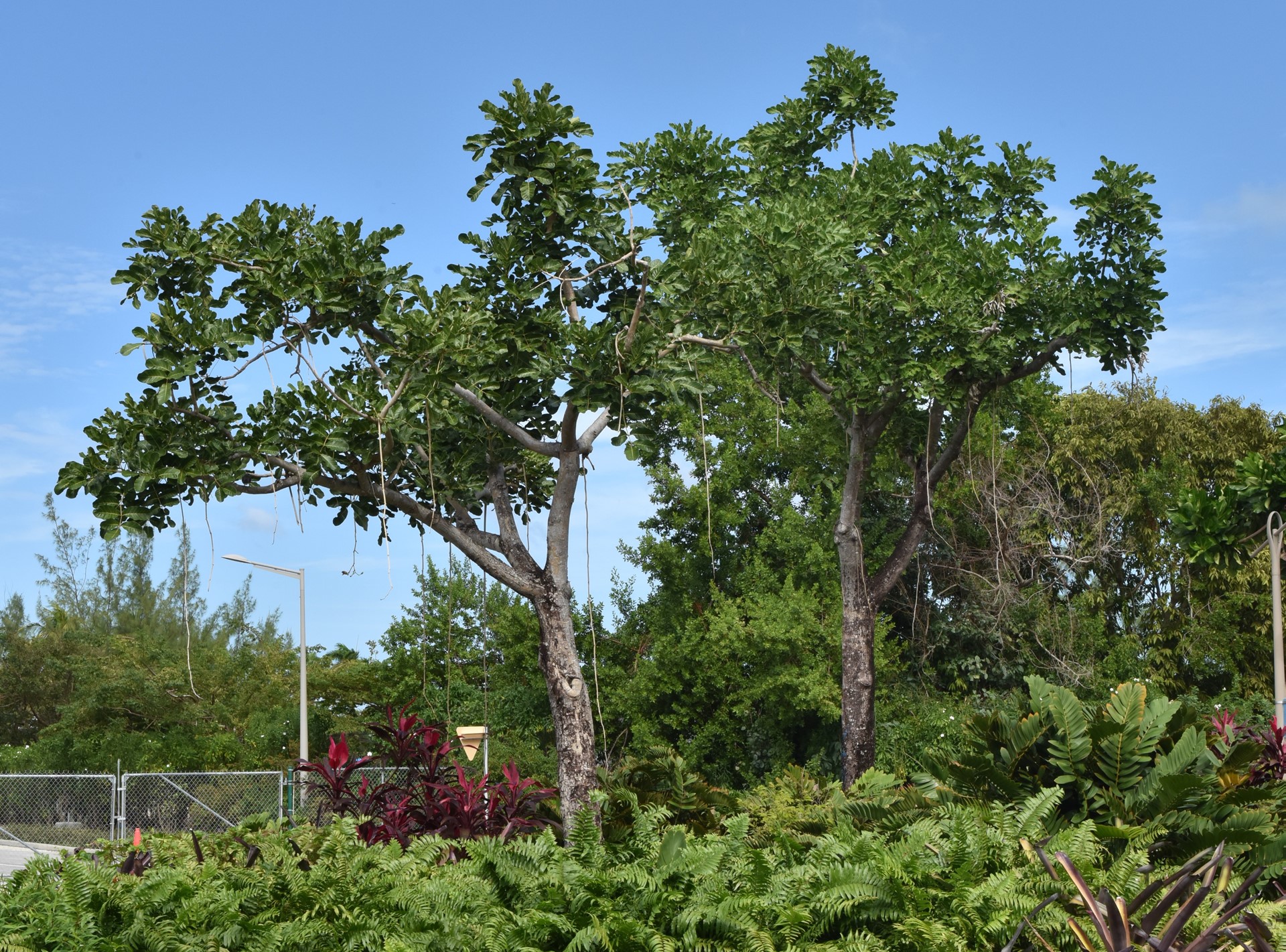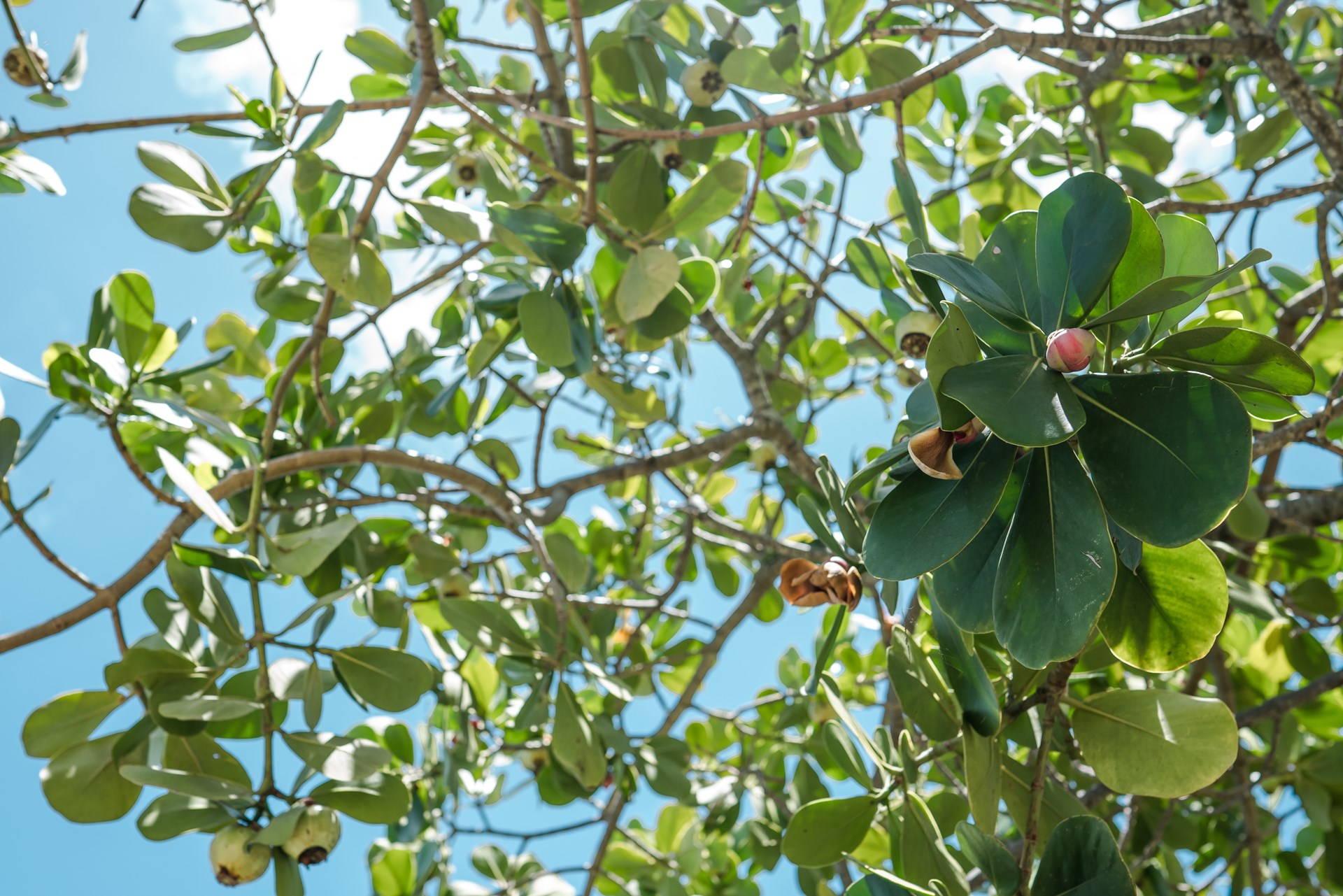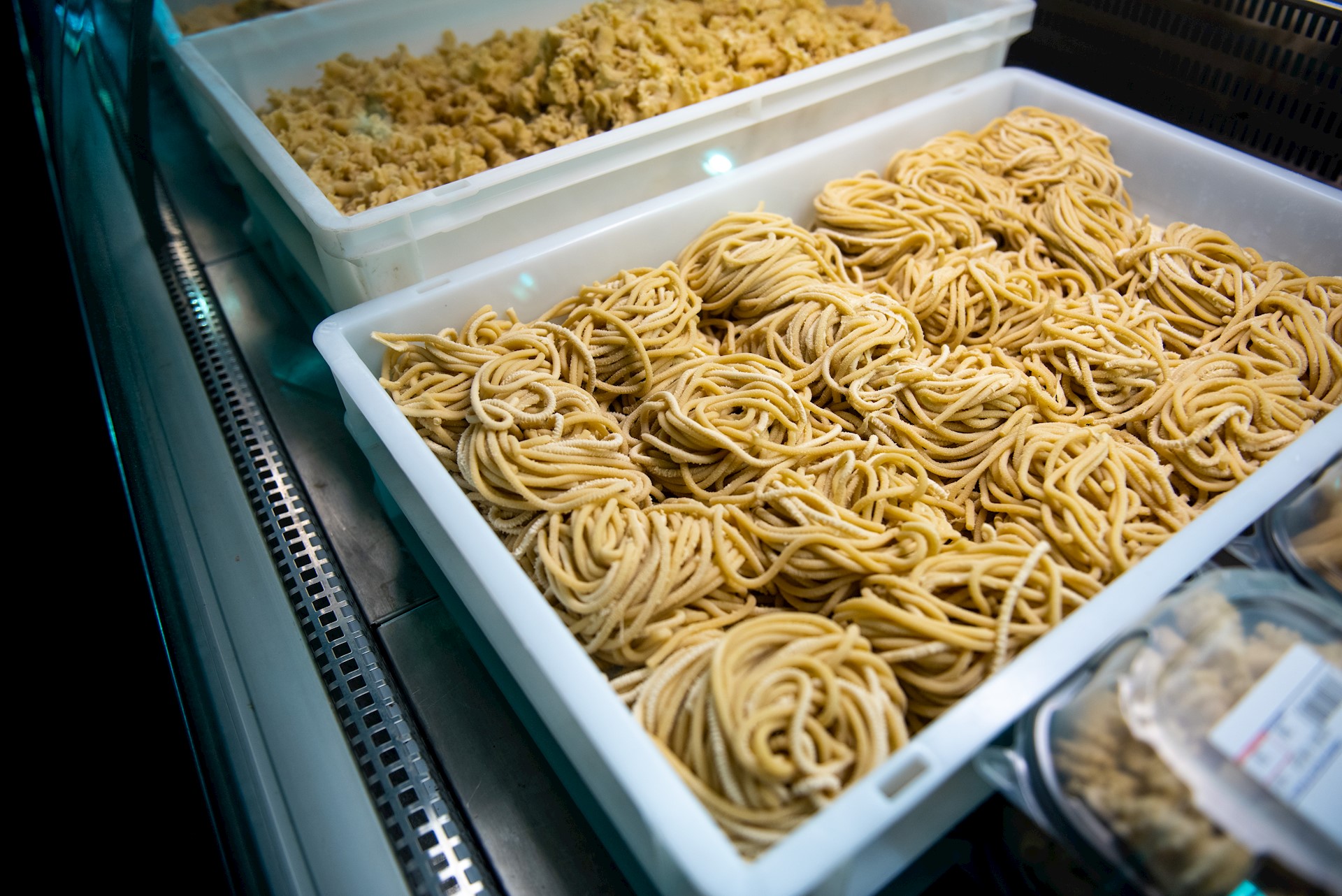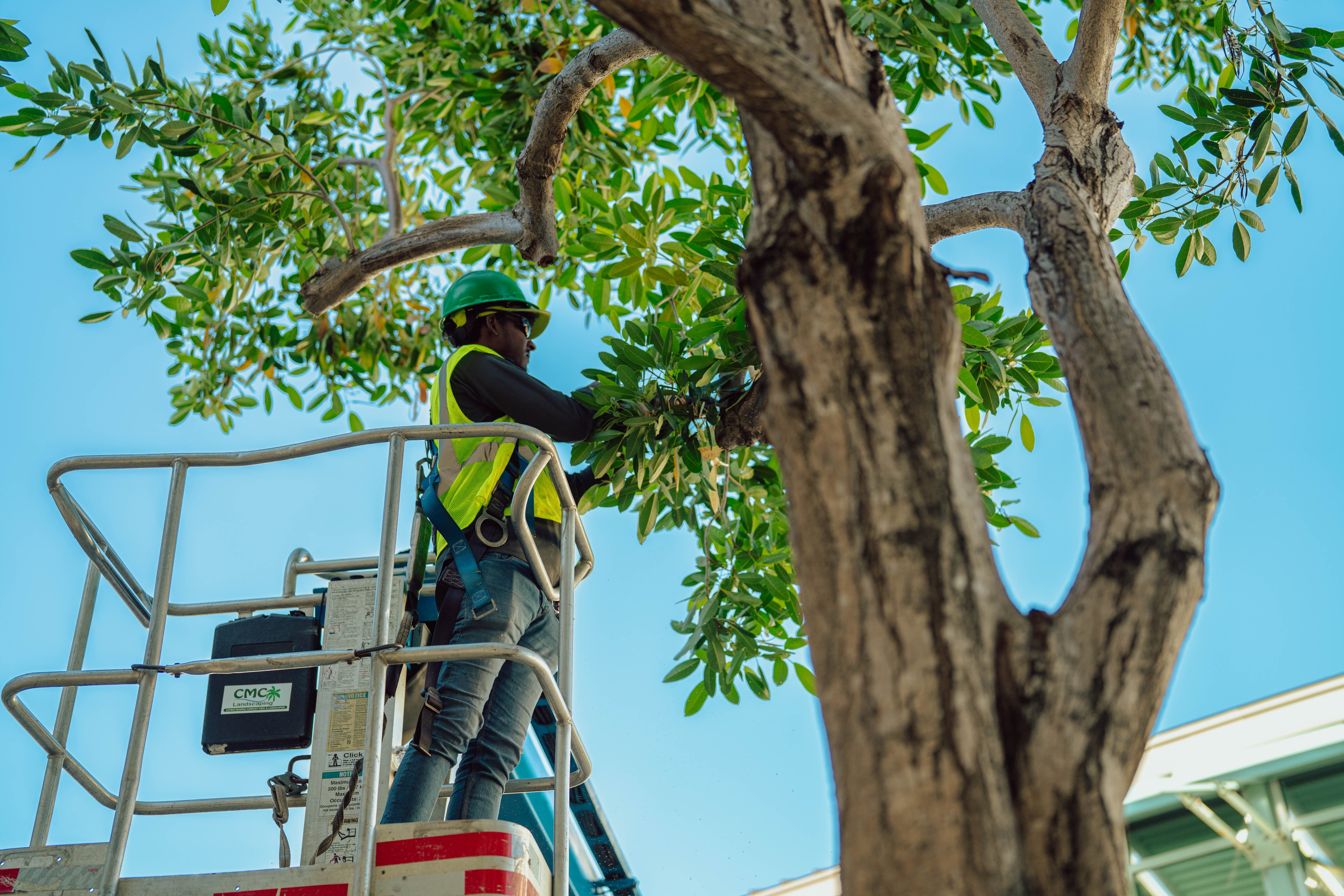
Each year, as the Caribbean braces for hurricane season from June through November, communities throughout the region — including Grand Cayman — take proactive measures to safeguard homes, businesses and natural landscapes.
One of the most effective yet underappreciated strategies is hurricane pruning — the selective trimming of trees and palms to reduce the risk of storm damage. In modern, beautifully landscaped areas like Camana Bay, proper tree care is not just about aesthetics but also a vital part of resilience planning.
Why hurricane pruning is essential in Grand Cayman
Grand Cayman, with its blend of urban development, coastal greenery and thin soil profiles, faces unique challenges when hurricanes strike. High winds can easily turn overgrown trees and untrimmed palms into hazards, leading to downed power lines, blocked roads and property damage.
In Camana Bay, tree management is a visible part of the community’s commitment to safety and sustainability. Maintaining a balance between lush tropical landscaping and storm preparedness is crucial in such environments. Well-pruned trees can dramatically reduce wind resistance, while removing weak or dead branches helps prevent dangerous debris during storms.
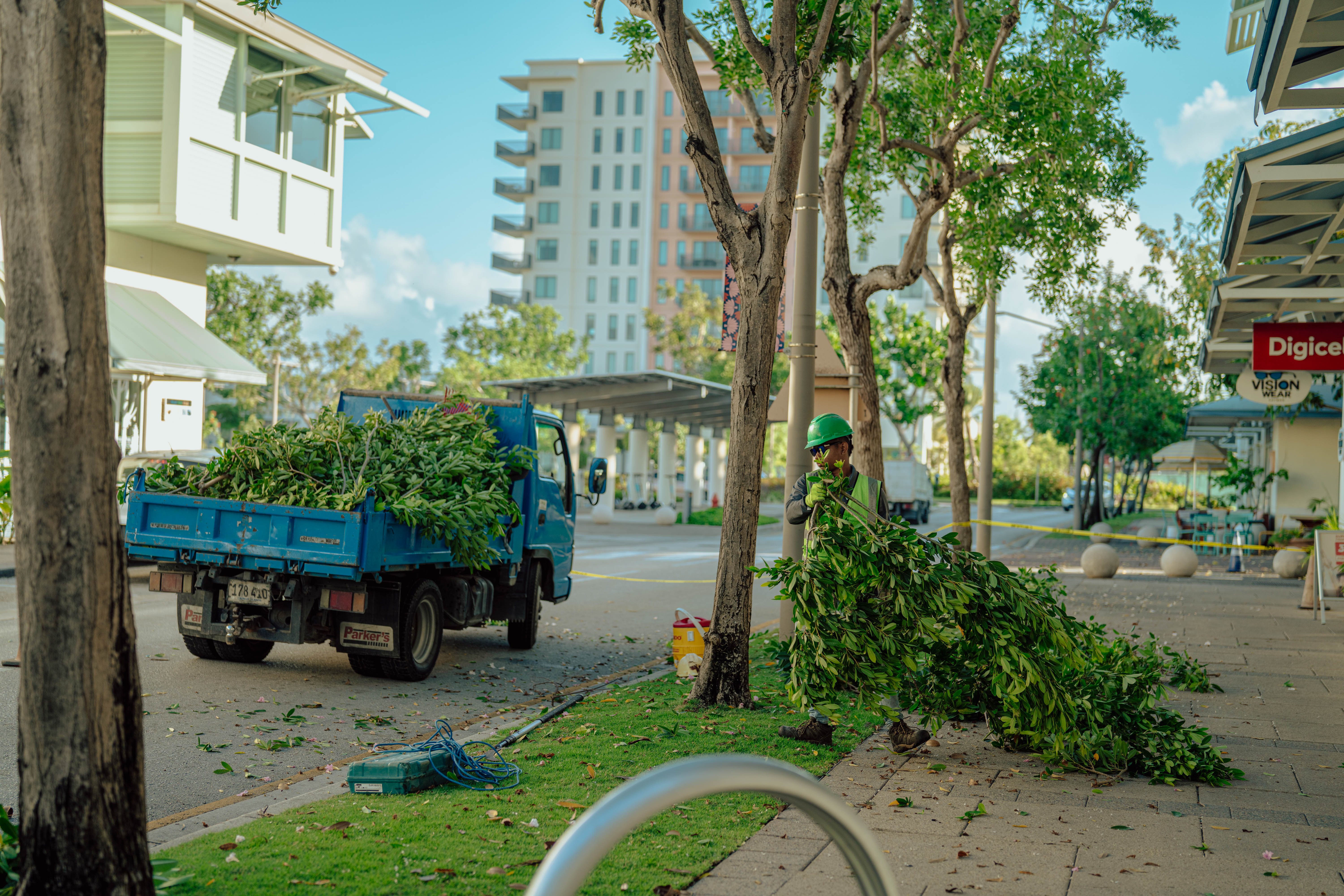
Tree-pruning best practices
Hurricane pruning in Grand Cayman should be carried out well before storm warnings are issued, ideally in the dry season:
- Remove dead, diseased or damaged limbs that could snap off in high winds.
- Thin the canopy selectively to reduce wind resistance, especially in large native species such as mahogany or almond trees.
- Balance uneven growth by addressing co-dominant stems or weight imbalances.
- Trim lower limbs in high-traffic areas like parking lots and walkways, a common feature throughout Camana Bay’s mixed-use development.
Importantly, over-pruning can harm a tree’s health and stability. In Camana Bay, certified arborists and landscaping professionals familiar with local species and weather patterns are essential for making the right cuts without compromising the tree’s structure.
Proper palms maintenance
Palms are iconic in Grand Cayman and are heavily featured in the landscapes of Camana Bay’s commercial and residential areas. While naturally more wind-resistant, they still require maintenance:
- Remove only dead or yellowing fronds. Healthy green fronds provide vital nutrients and stability.
- Avoid “hurricane cuts,” where too many fronds are removed, leaving the crown top-heavy and vulnerable.
- Clear loose coconuts and seed pods before a storm to prevent them from becoming flying debris.
This approach ensures that palms not only withstand strong winds but also continue to contribute to the region’s tropical charm.
A safer, greener future
As Grand Cayman continues to grow and develop, especially in innovative hubs like Camana Bay, the importance of responsible landscaping cannot be overstated. Hurricane pruning is more than a precaution — it’s a long-term investment in community safety, environmental health and storm resilience.
By embracing proactive tree and palm maintenance, residents, property managers and businesses can help ensure that Grand Cayman weathers each hurricane season with less damage and faster recovery.
This article was first published in the June/July 2025 edition of Camana Bay Times.
